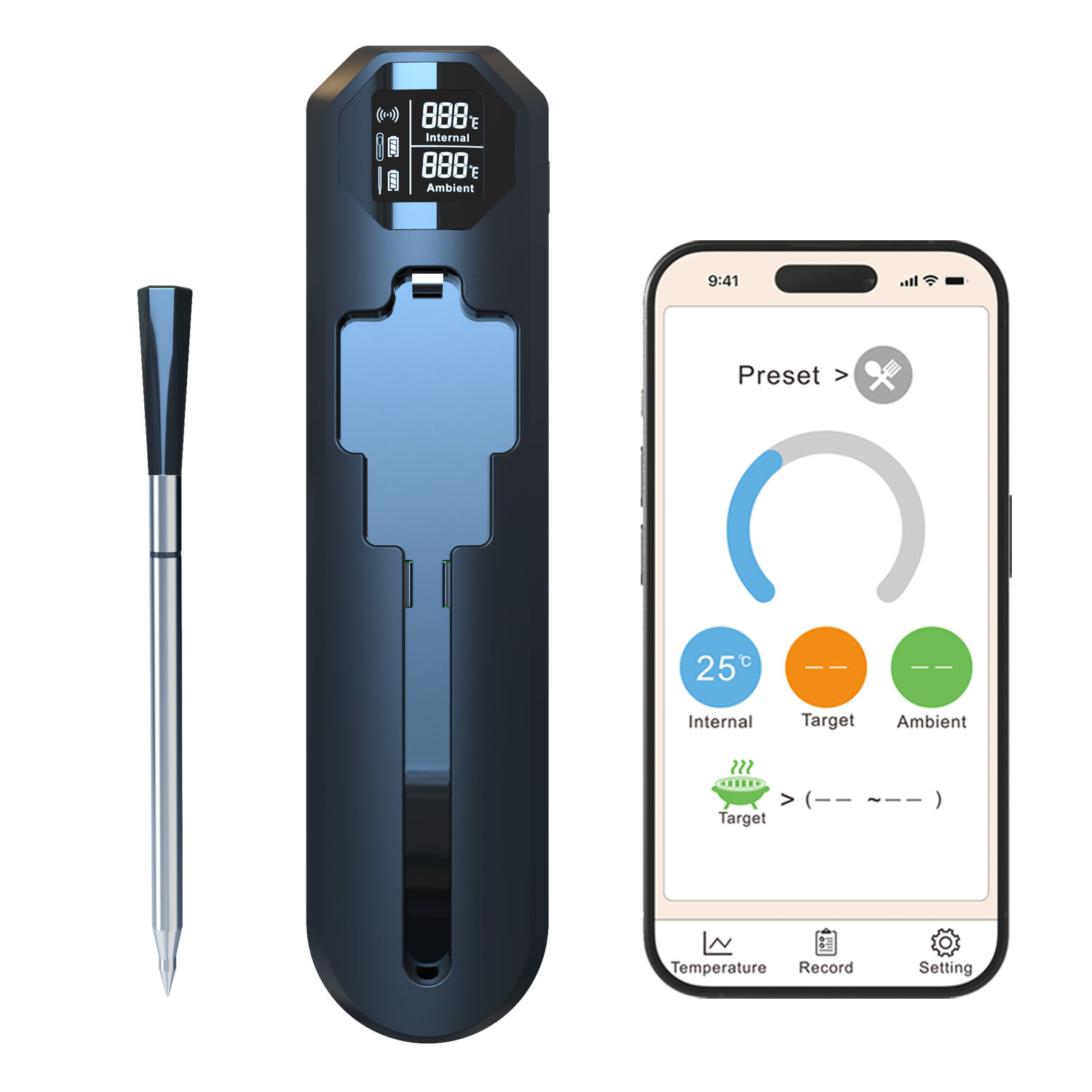In many industries and daily life situations, knowing the temperature quickly is vital. Whether it’s checking body temperature in healthcare, monitoring cooking progress in kitchens, or controlling industrial processes, the speed of temperature measurement can significantly affect outcomes. Various thermometer types exist, each with different response times and measurement methods. This article explores the most common thermometer types, their speed advantages, and practical applications where fast readings make a difference.
Digital probe thermometers use an electronic sensor to measure temperature when inserted into an object or substance. They are widely used in food preparation and medical settings. While accurate, these thermometers typically require a few seconds to stabilize and display a reading. Their speed depends on the sensor quality and the medium being measured.
Infrared thermometers measure surface temperature by detecting infrared radiation emitted by objects. They provide readings almost instantly without physical contact. This non-invasive method allows rapid temperature checks, which is essential in medical screening and industrial applications.
These traditional thermometers use a liquid, usually mercury or colored alcohol, which expands with temperature changes. They are slow to respond due to the physical properties of the liquid and require careful handling. Their use has declined due to safety concerns and slower response times.
Thermocouples and RTDs are sensors commonly used in industrial environments. They provide accurate measurements but vary in response times. Thermocouples generally respond faster than RTDs but may require calibration. Their readings depend on the installation method and environmental conditions.
Among these types, infrared thermometers offer the fastest temperature readings. They can provide temperature data within fractions of a second since they do not need to touch the object or wait for thermal equilibrium. This speed makes them invaluable in situations requiring rapid screening or continuous monitoring.
While digital probe thermometers are accurate, their response time is slower because the sensor must come to thermal equilibrium with the material measured. Thermocouples are faster than RTDs and liquid-in-glass types but still require contact. The measurement speed varies depending on sensor design and thermal conductivity of the object.

Fast temperature measurement is critical for screening large groups, such as during pandemics. Infrared thermometers enable healthcare workers to quickly check temperatures without contact, reducing infection risk and improving throughput.
In kitchens, speed allows chefs to verify food temperatures without disrupting cooking. Instant-read thermometers help determine doneness rapidly, ensuring food safety and quality.
Industries rely on quick temperature readings to maintain safety and efficiency. Infrared thermometers and thermocouples monitor machinery and materials in real time, preventing overheating or product defects.
Choosing the right thermometer type depends on the measurement environment, required accuracy, and speed. For surface temperature or rapid screening, infrared thermometers are preferred. For internal temperature, digital probes or thermocouples may be better despite slower readings.
High-quality sensors provide faster, more accurate readings. Regular calibration ensures consistent performance over time.
Generally, yes. Infrared thermometers provide near-instantaneous readings but are limited to surface temperatures.
Many instant-read digital probes provide readings within seconds, suitable for most cooking needs.
Proper sensor placement ensures faster thermal equilibrium, improving reading speed.
No. Accuracy, measurement type, and environment must also be considered alongside speed.
 Hot News
Hot News